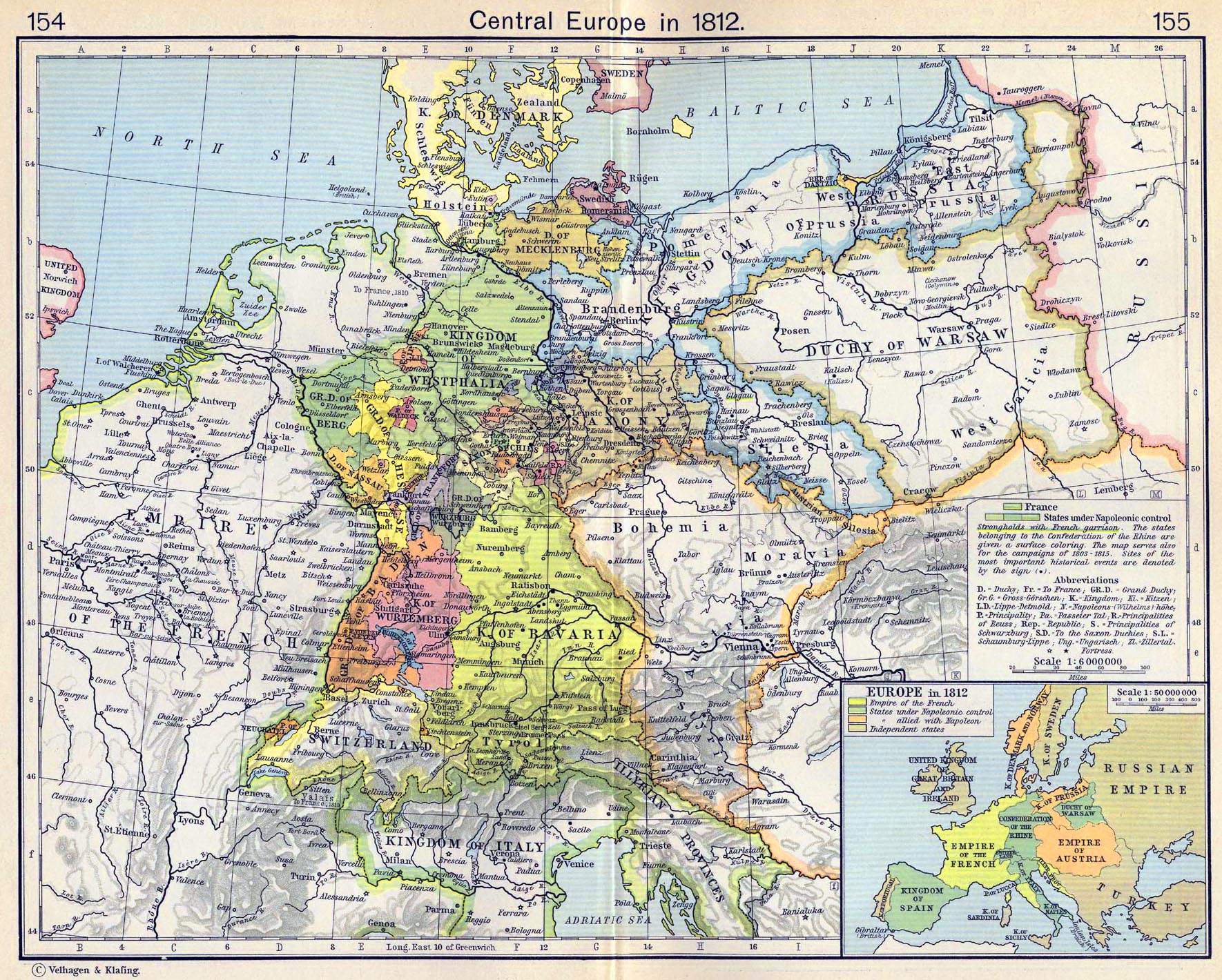

The northern parts of the continent show considerable information and detail along the rivers and trade routes, but then a non-existent mountain chain stretches across the middle of the continent and the map. This map was drawn, engraved and published for the 1805 edition of his New Universal Atlas, and was still being copied in the 1820s.Ĭary’s map may have abandoned the mythical monsters and filled-in false details of earlier European attempts, but it still contained plenty of misconceptions. John Cary (1755-1835) was one of the foremost cartographers of the late 1700s and early 1800s. Cartographers were commissioned to create maps of the known world, which were becoming fashionable household objects as well as military tools. Plenty of commerce and knowledge had also come out of the intrusion of European overseas companies, such as the East India Company, whose ships and sailors needed a stopping point as they navigated the treacherous seas around South Africa.Ĭartographers were commissioned to create maps of the known world, which were becoming fashionable household objects as well as military tools.Īmidst the turmoil of the Napoleonic wars, British naval power was rising, and mapmaking as an art and science kept pace. European trade goods, including guns and textiles, had travelled inland via slave traders from western Africa, who mostly captured their victims in the interior. Africa’s great geographic features were known about in loose terms, but south of the Sahara, merchants, slave traders, and East Indian companies had been forced to occupy only occasional ports, slave forts, and outposts. In past centuries, Europeans had found the disease environment and resilient societies of the African interior, especially in central and southern Africa, too much of an obstacle to permit much colonial settlement. As wars and revolutions raged around the globe, understanding and engaging with peoples and markets became both more possible and more urgent. But large areas of the interior of the continent remained, literally, a blank.


There was extensive knowledge of Mediterranean societies in the north, and maritime trade routes and provisioning points, reflected in the map’s emphasis on western and coastal regions.


 0 kommentar(er)
0 kommentar(er)
